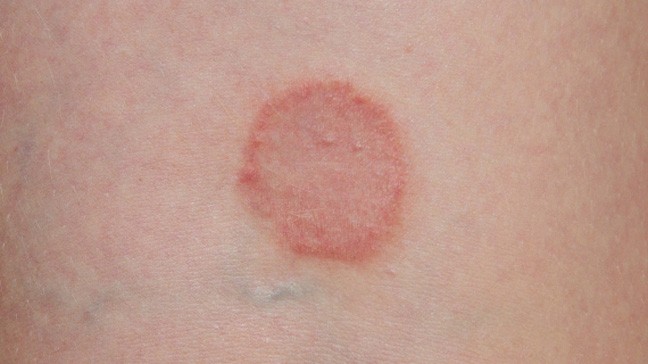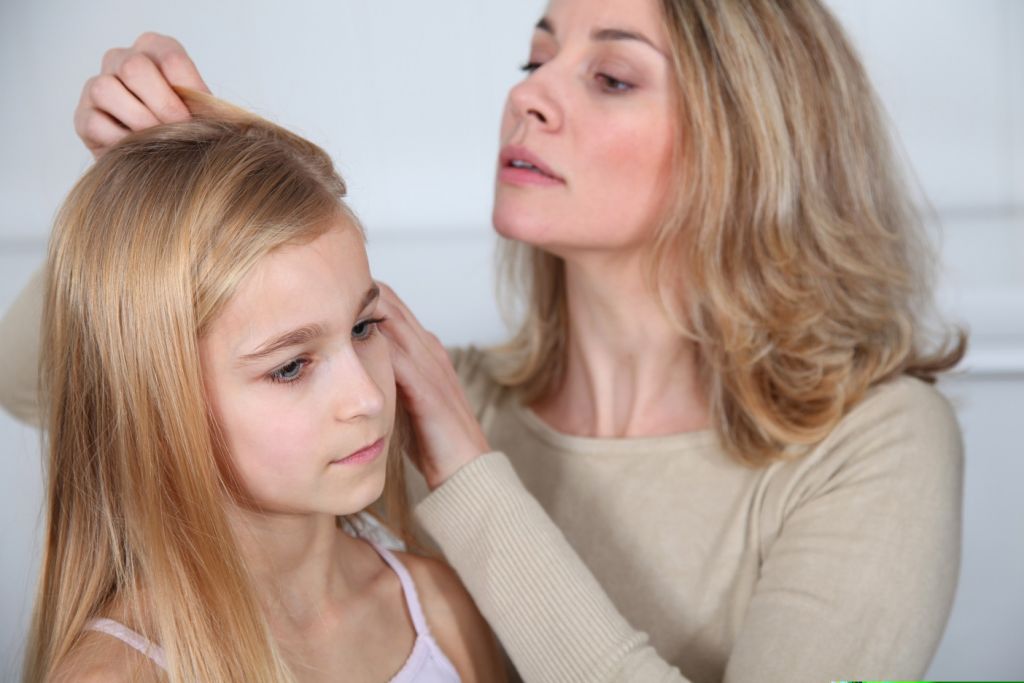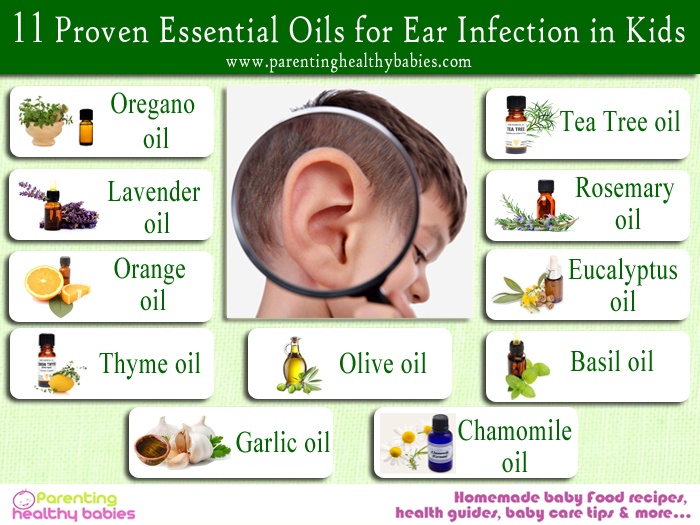An average child is much more active than the average adult. Engaged in activities all day, kids are usually running around as long as they have the energy to do so. If you have a child who can walk, chances are that he or she are running around for long stretches of time during the day. It is in hyperactive kids engaged in sports or excessive physical activity that jock itch poses to be a threat. If you are wondering ‘what is jock itch?’, it is a fungal infection that can occur in both children and adults, for a variety of reasons. Though jock itch is relatively harmless, it is important to identify the symptoms in order to administer the appropriate jock itch treatment to your child. Identifying the causes of jock itch and using jock itch cream can also help prevent the conditioning from occurring again.
Read More: Health Benefits of Wasabi for Children
A Guide for Jock Itch in Children
What is jock itch?
Jock itch is actually a fungal infection that is known as Tinea cruris in medical terminology. It is caused by a fungus with characteristics that are similar to mold. Dermatophytes are the cause behind jock itch, which are microscopic fungi living on skin, hair and nails. These dermatophytes may be typically harmless, but they thrive in warm and moist areas and may cause infections by multiplying quickly. This may occur in areas of the human body that are susceptible to sweating and chafing, making it a possible site for the fungal growth and infection.
Jock itch is most common in male athletes, which is how it has derived the name. However, it can occur in all kinds of people, children or adults, and in men or women. It is best to stay alert and use jock itch cream where necessary.
Read More: 11 Health Benefits of Yam for Kids
Causes of Jock itch
There may be a number of causes behind jock itch occurring in the intimate areas of your skin. A few of these are listed as follows:
- Excessive sweating: Dermatophytes, the fungi that cause jock itch, thrive in a moist environment. Excessive sweating and prolonged moisture can help create conditions where they can multiply easily. Sweating may be caused by physical activities like exercise, running and other athletic sports. Sweating increases moisture, allowing the dermatophytes to multiply and create conditions that cause infection.
- Excessive friction: Chafing with moisture ridden clothing can increase the rashes, worsening the fungal infection. Physical activity in uncomfortable or tight clothing can increase chafing, that makes it a potential site for rashes and infection.
- Obesity: Sweating and moisture in folds of skin is the seat of a fungal infection like jock itch. People who are obese often have multiple fold of skin which increases the area where the fungi can multiply. The folds of skin also increase chafing to a great extent. Obese people may therefore be prone to jock itch.
- Through contact: A fungal infection like jock itch can be highly contagious. Exposure to the unwashed clothing or to the affected areas in person with infection can also trigger the problem in your child.
Read More: Health benefits of Strawberries for babies
Symptoms of Jock itch
There are a number of symptoms that you should remain alert about, when looking for signs of jock itch. Some of the symptoms are:
- Irritable skin: The affected area will itch continuously and may even become red and swollen. Irritability of the skin is a common feature of jock itch.
- Change in skin colour: The colour of the skin in the part of your child’s body affected with jock itch is sure to change colour. Giving into the itching can turn the area red and dark coloured.
- Rashes: Sustained itching may cause red rashes in the areas affected by fungi. The armpits and groin areas may be the site where the fungi proliferate, causing jock itch. The irritable skin along with the sweating and chafing can give rise to rashes in the affected area.
- Burning sensation: The itching and the infection may cause a burning sensation to develop in the areas affected. Your child may complain about his discomfort, which you must pay attention to.
The areas most commonly affected by jock itch are intimate areas like the groin, thighs and armpits. Make sure to thoroughly check these parts of your child’s body to detect any signs of jock itch.
Read More: 11 Health Benefits for Cacao in Kids
Treatment of Jock itch
Jock itch is a relatively harmless fungal infection that may affect your child. Detecting the signs and administering the proper jock itch treatment can help avoid the worst case scenario of the infection. Here are a few common ways in which doctors prescribe jock itch treatment:
- Anti-fungal cream, commonly referred to as jock itch cream can help soothe the skin and help reduce the condition.
- Any anti-fungal spray or powder prescribed by your doctor can also help treat the infection.
- Washing the area affected with warm water and medicated soap can also soothe the skin.
- Make sure you dry the area completely after washing so that the moisture does not remain.
- While drying, instead of rubbing off on the affected area, make sure you dab lightly in order to get rid of any moisture.
- Use soft, cotton clothing on the area.
Read More: 15 Amazing Benefits of Cranberry Juice for Children
Conclusion
Overlooking the signs of jock itch and failing to administer the right jock itch treatment is the only the way in which this fungal infection can cause serious problems to your child. Make sure that your child bathes on a daily basis and that their hygiene is on point to prevent jock itch from occurring in your child. Try and make sure that your child wears comfortable and loose clothing while engaging in sports or other activities requiring exercise. Wearing cotton clothing can also be seen as a preventive measure against jock itch. Keep an eye out for the signs if your child complains about any discomfort.
References
https://www.healthline.com/health/jock-itch#prevention













